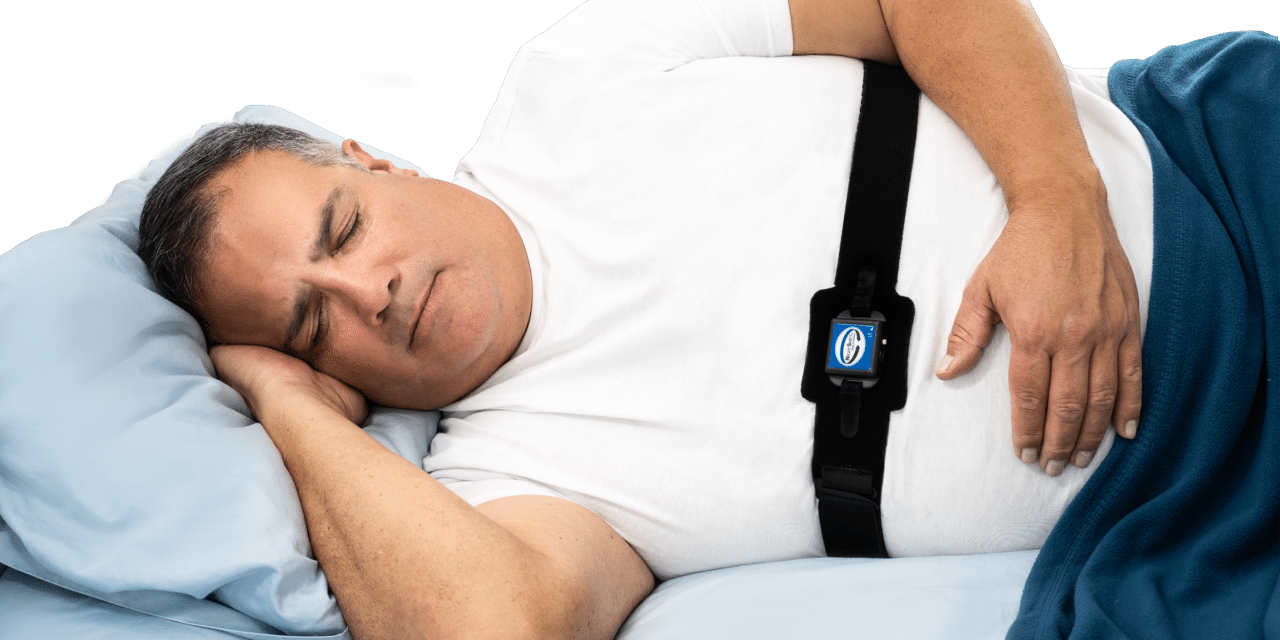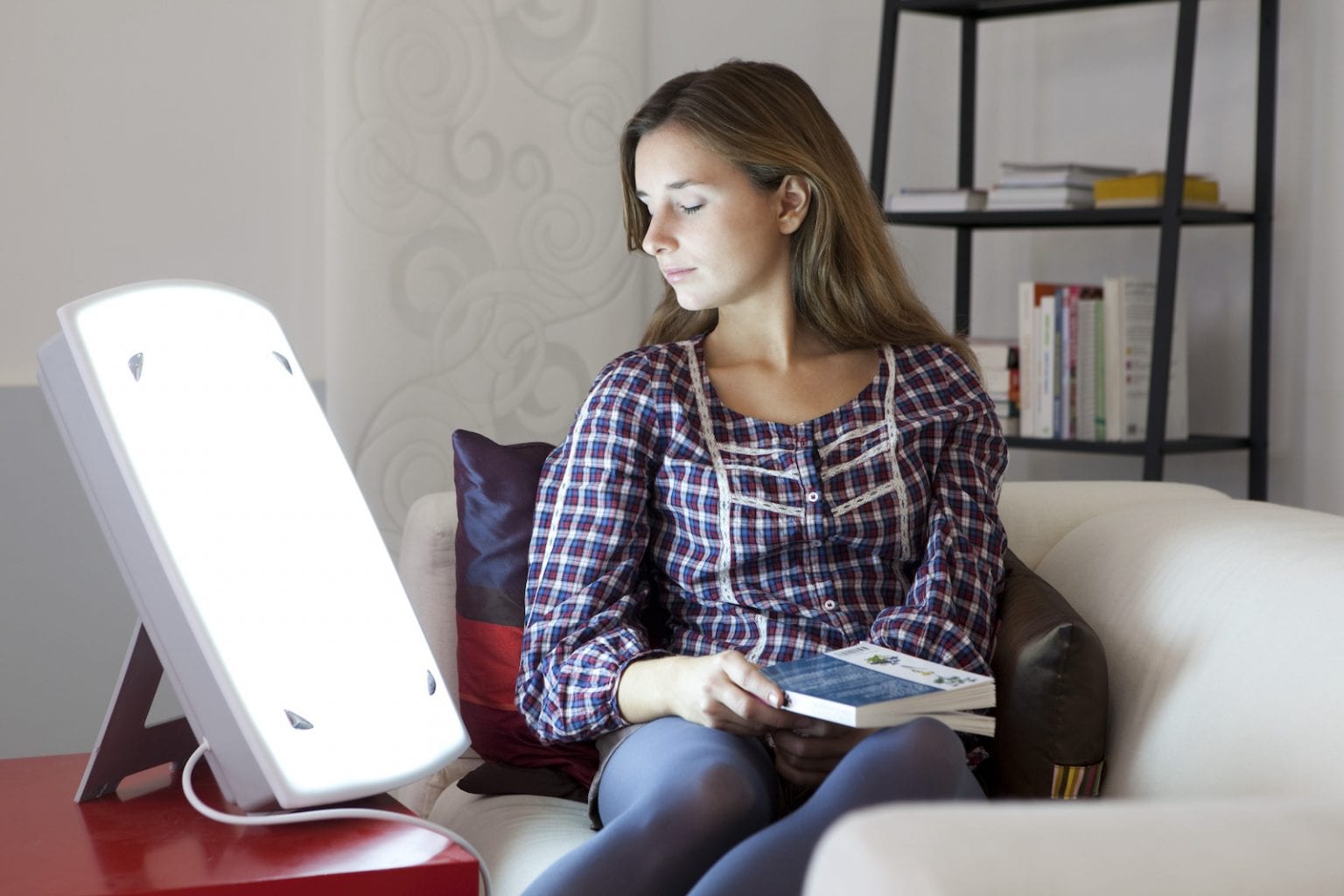Sleep Improvement Therapy - Boost Your Sleep Top Quality
Sleep Improvement Therapy - Boost Your Sleep Top Quality
Blog Article
Effective Therapy Solutions for Handling Sleep Disorders and Enhancing Peaceful Rest
In the realm of health care, the management of rest disorders and the pursuit for relaxing rest are essential parts of total well-being. Reliable therapy solutions provide a diverse technique to take on these obstacles, varying from cognitive behavior treatments to alternative practices that promote leisure and mindfulness. The exploration of different approaches, consisting of the combination of drug and light treatment, opens up a world of opportunities in the search of better sleep quality. As we navigate the complex landscape of rest conditions and look for to improve our sleep experience, a deeper understanding of these therapy solutions may hold the key to unlocking a much more rejuvenating and satisfying corrective journey.
Cognitive Behavior Treatment for Sleeping Disorders (CBT-I)
Cognitive Behavioral Therapy for Sleeping Disorders (CBT-I) is a structured, evidence-based therapy method that concentrates on resolving the underlying aspects adding to rest disturbances. This type of therapy aims to change actions and thoughts that intensify sleep problems, inevitably promoting healthy and balanced rest patterns. CBT-I usually involves a number of crucial parts, including cognitive treatment, sleep constraint, stimulus control, and rest health education and learning.
Cognitive therapy assists people recognize and change adverse thought patterns and ideas about rest that might be hindering their capacity to drop or stay asleep. Rest limitation involves limiting the quantity of time invested in bed to match the individual's actual rest duration, therefore raising sleep effectiveness (sleep improvement therapy). Stimulus control strategies assist develop a solid organization between the bed and rest by urging individuals to visit bed just when drowsy and to prevent participating in stimulating tasks in bed
Furthermore, rest health education concentrates on establishing healthy and balanced sleep behaviors, such as preserving a regular rest timetable, creating a relaxing bedtime routine, and maximizing the sleep setting. By resolving these factors thoroughly, CBT-I uses a reliable non-pharmacological intervention for handling sleeplessness and enhancing overall sleep top quality.
Sleep Health Practices
Having established the structure of cognitive restructuring and behavior alterations in dealing with sleeping disorders via Cognitive Behavior modification for Sleep Problems (CBT-I), the emphasis currently moves in the direction of checking out important Rest Health Practices for keeping ideal rest top quality and overall wellness.
Sleep hygiene practices encompass an array of behaviors and ecological aspects that can substantially influence one's capacity to drop off to sleep and remain asleep throughout the night. Constant rest and wake times, creating a relaxing bedtime routine, and maximizing the rest atmosphere by keeping it dark, quiet, and cool are vital components of good sleep hygiene. Limiting direct exposure to displays prior to going to bed, avoiding stimulants like high levels of caffeine close to going to bed, and participating in regular exercise during the day can additionally advertise far better sleep quality.
Moreover, practicing relaxation strategies such as deep breathing workouts or reflection before bed can assist calm the mind and prepare the body for sleep. By including these rest hygiene methods right into one's day-to-day routine, individuals can develop a healthy sleep pattern that sustains relaxed sleep and overall health.
Relaxation Methods and Mindfulness
Carrying out leisure strategies and mindfulness practices can play a pivotal duty in promoting a feeling of calm and advertising top quality rest. sleep improvement therapy. These methods aim to quiet the mind, minimize stress, and produce an optimum setting for peaceful rest. One extensively practiced technique is deep breathing exercises, where individuals focus on slow, deep breaths to loosen up the mind and body. Progressive muscular tissue leisure entails tensing and then launching each muscular tissue group, promoting physical relaxation. Furthermore, directed images can aid deliver people to a relaxed location in their minds, assisting in tension reduction and enhancing sleep quality.
Mindfulness practices, such as reflection and yoga exercise, are additionally reliable in promoting relaxation and boosting sleep. Mindfulness urges individuals to stay existing in the minute, letting go of worries regarding the past or future. By incorporating these practices into a going browse around these guys to bed regimen, people can indicate to their bodies that it is time to prepare and relax for rest. Overall, incorporating relaxation methods and mindfulness practices can substantially add to handling rest conditions and boosting total rest top quality.

Medicine Options for Rest Disorders
After exploring relaxation strategies and mindfulness practices as non-pharmacological interventions for improving sleep top quality, it is important to take into consideration medicine choices for individuals with sleep disorders. In instances where way of living changes and therapy do not supply enough relief, medication can be an important tool in taking care of sleep disruptions.
Typically suggested medicines for sleep conditions consist of benzodiazepines, non-benzodiazepine hypnotics, antidepressants, and melatonin receptor agonists. Benzodiazepines, such as diazepam, are sedatives that can aid cause sleep, however they are typically recommended for temporary usage due to the threat of dependence. Non-benzodiazepine hypnotics like zolpidem are likewise used to deal with sleeplessness and have a reduced risk of reliance compared to benzodiazepines. Antidepressants, such as trazodone, can be helpful for people with co-occurring clinical depression and rest disruptions. Melatonin receptor agonists, like ramelteon, target the body's natural sleep-wake cycle and can be practical for controling sleep patterns.
It is essential for people to speak with a doctor to figure out the most ideal medication alternative based on their certain sleep disorder and clinical history.
Light Therapy for Body Clock Guideline
Light treatment, likewise recognized as photo-therapy, is a non-invasive therapy method made use of to control body clocks and enhance sleep-wake cycles. This therapy entails exposure to bright light that mimics natural sunlight, which assists to reset the body's body clock. By revealing people to certain wavelengths of light, normally in the morning or evening relying on the desired result, light therapy can effectively change the body clock to advertise wakefulness during the day and enhance relaxing rest during the night.
Research study has actually shown that light treatment can be particularly advantageous for individuals with body clock conditions, such as delayed rest phase disorder or jet lag. It can likewise be handy for those experiencing seasonal affective disorder (SAD), a sort of anxiety that generally occurs throughout the winter season when all-natural light exposure is minimized. Light treatment is usually well-tolerated and can be used in conjunction with various other therapy approaches for sleep conditions to enhance end results and boost overall rest quality.
Conclusion
Finally, efficient treatment remedies for handling sleep problems and enhancing peaceful rest include Cognitive Behavioral Treatment for Sleeping Disorders (CBT-I), rest hygiene practices, relaxation methods and mindfulness, medication options, and light treatment for body clock law. These methods can help people boost their sleep high quality and total health. It is necessary to speak with a doctor to figure out one of the most suitable approach for attending to rest problems.
As we navigate the complex landscape of rest problems and seek to improve our sleep experience, a much deeper understanding of these therapy services may hold the trick to unlocking an extra rejuvenating and satisfying corrective trip.
Rest constraint involves restricting the quantity of time invested in bed to match the individual's real sleep period, therefore boosting sleep Bonuses efficiency. Constant rest web and wake times, developing a relaxing bedtime routine, and maximizing the sleep environment by maintaining it dark, quiet, and cool are crucial parts of great rest hygiene. Light therapy is normally well-tolerated and can be used in combination with other treatment techniques for rest problems to optimize results and improve total rest top quality.

Report this page